Long before minimalist design trends and Marie Kondo convinced parents to declutter children’s spaces, kids’ rooms were gloriously chaotic collections of treasures, toys, and personality. Walking into a child’s bedroom from decades past was like entering a museum dedicated to youth culture—a perfect time capsule of what mattered most to young hearts and minds. These bedrooms weren’t just places to sleep; they were personal kingdoms where imagination reigned supreme and where certain items could be found in nearly every child’s domain.
1. Glow-in-the-Dark Stars on the Ceiling

No childhood bedroom was complete without a galaxy of plastic stars, moons, and planets adhered to the ceiling with that mysterious putty that somehow never damaged the paint. During daylight hours, these celestial bodies absorbed energy, preparing for their nightly transformation when lights went out. Parents earned major bonus points if they helped arrange these stars into actual constellations instead of random patterns. Stella Murals gives a rundown on how these twinkling treasures work.
The best part was bringing friends over for sleepovers and showing off your personal planetarium as you all settled into sleeping bags on the floor. Some ambitious families even extended the stellar display onto walls, creating an immersive space experience that made bedtime feel like an adventure rather than a dreaded end to playtime.
2. The Overflowing Toy Box
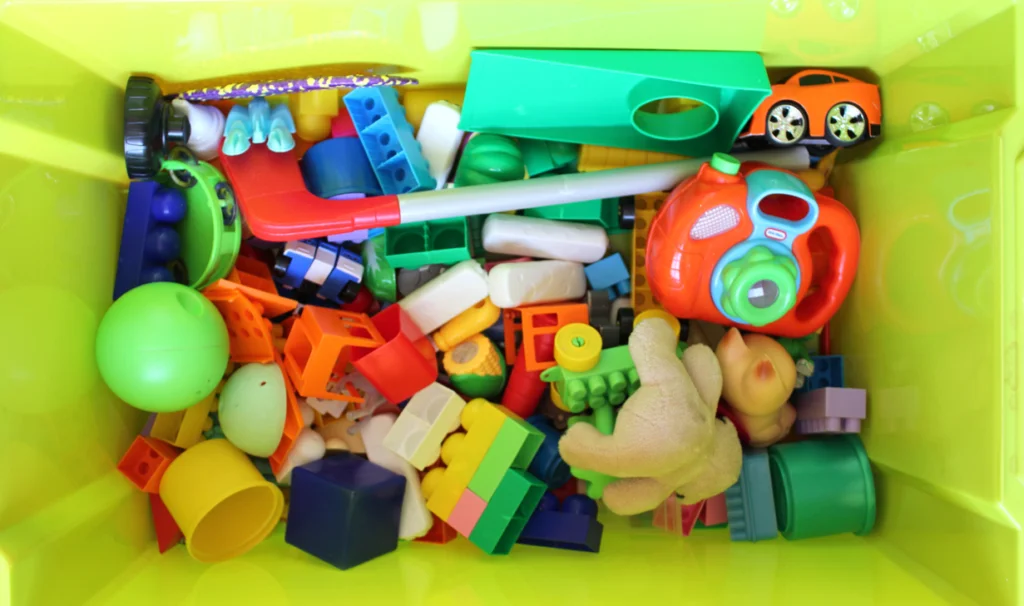
Every kid’s room featured some version of a toy containment system that never quite contained anything. Whether it was a wooden chest, plastic bin, or repurposed cardboard box, these vessels were perpetually erupting with action figures, Matchbox cars, and miscellaneous plastic pieces that mysteriously multiplied overnight. Parents’ requests to “clean your room” generally meant stuffing everything back into this box until the lid could barely close. Noa & Nani explore the versatile benefits of maintaining a toy chest.
The toy box operated on its own peculiar physics—the exact toy you wanted was invariably buried at the bottom, requiring a complete excavation that undid any previous cleaning efforts. And despite regular purges and donations, the toy population seemed to maintain a consistent volume, with new birthday and holiday acquisitions immediately replacing outgrown playthings in the ever-present pile.
3. The Bulletin Board of Memories

Mounted on the wall near the desk or behind the door, a cork bulletin board served as the analog predecessor to social media profiles. These personal display spaces were pinned with school photos of friends, movie ticket stubs, birthday cards, team ribbons, and the occasional inspirational quote cut from a magazine. Every pinned item had a story attached, creating a visual scrapbook of current interests and experiences. New York Blackboard promotes the benefits of bulletin boards, especially as learning tools.
As children grew, these bulletin boards evolved from showcasing art projects and achievement certificates to displaying more social artifacts—notes passed in class (carefully folded into elaborate shapes), photo booth strips from mall adventures, and concert tickets. Parents learned to check these boards for insights into their increasingly private children’s lives, noting new names that appeared and old memorabilia that suddenly disappeared.
4. The Door Covered in Warnings

Long before “keep out” became a teenage battle cry, kids staked territorial claims with handmade door signs expressing varying degrees of entry restrictions. Crayon-scrawled messages like “NO SISTERS ALLOWED!” or “KNOCK FIRST OR ELSE!” served as the first line of defense against nosy siblings and parents. More artistic children created elaborate warning systems with skull-and-crossbones imagery or detailed consequences for trespassers.
These door decorations evolved with age, eventually incorporating magazine cutouts, stickers, and posters that reflected shifting interests and growing independence. Parents generally tolerated these proclamations of sovereignty as long as no permanent damage was done to the woodwork, occasionally sneaking amused glances at each other when particularly dramatic signage appeared.
5. A Half-Finished Craft Project
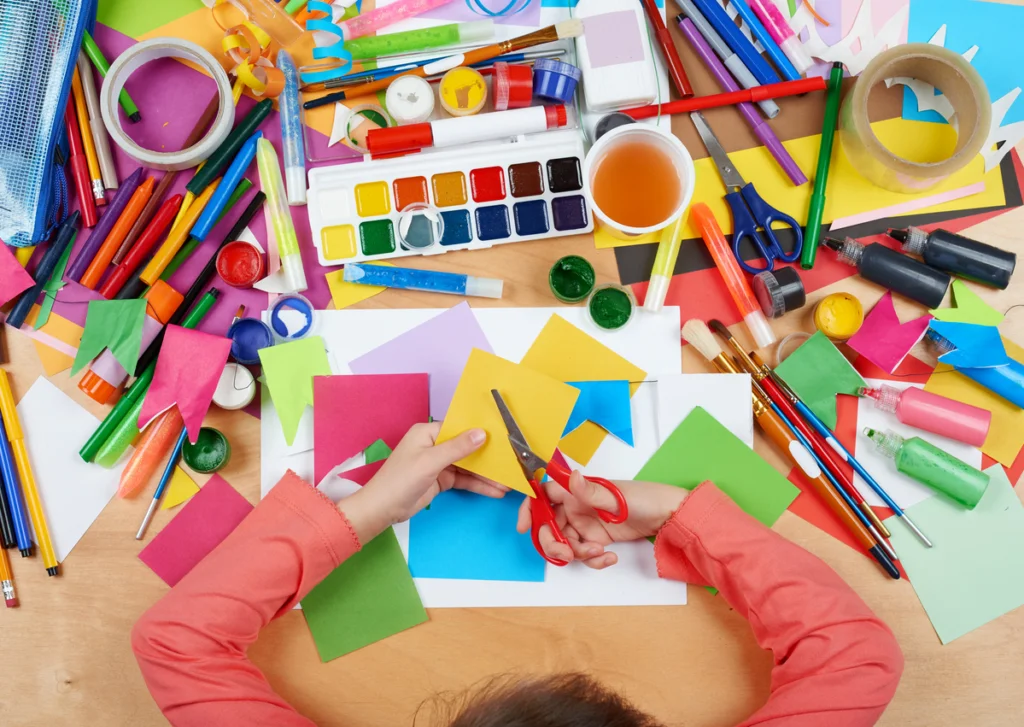
Evidence of creative bursts could be found in every corner of a child’s room—the popsicle stick structure missing crucial support beams, a friendship bracelet abandoned at the third knot, or a model airplane with one wing perpetually waiting for glue to dry. These projects represented ambition outpacing patience, a defining characteristic of childhood creativity. Parents walked a delicate line between encouraging completion and accepting that sometimes the idea was more exciting than the execution.
The dining table might have been cleared of craft supplies, but the bedroom became the sanctuary where these works-in-progress lived indefinitely. Some projects eventually reached completion during rainy days or bouts of boredom, while others achieved a strange permanence in their unfinished state, becoming such familiar features of the room’s landscape that they were barely noticed anymore.
6. Bookshelf with Dog-Eared Favorites

Before digital libraries, physical bookshelves displayed well-loved volumes with cracked spines and pages softened by countless readings. Series like Encyclopedia Brown, The Babysitters Club, Goosebumps, or Choose Your Own Adventure books stood in colorful rows, often arranged by height rather than any conventional library system. The most cherished books were easily identified by their well-worn covers and occasionally illustrated margins.
These personal libraries frequently included school book fair treasures, birthday gifts from grandparents who believed reading was essential, and at least one massive reference book (perhaps an illustrated dictionary or children’s encyclopedia) that was rarely opened but looked impressive. Library books mingled with owned ones, sometimes disappearing so completely into the collection that they generated overdue notices and parental sighs.
7. The Prize Shelf

Every child’s room featured some version of a display area dedicated to achievements, whether formal or self-proclaimed. Plastic trophies from participation in sports leagues stood alongside science fair ribbons, special rocks found on vacation, the perfect pinecone, and “medals” made from bottle caps and string. These collections represented personal history in physical form, with each item connected to a story the child could recite in exhaustive detail.
The prestige items in these displays changed as children grew—the participation trophy from T-ball giving way to academic certificates or concert ticket stubs. Parents learned quickly that suggesting any of these treasures be discarded would trigger impassioned defenses of their continued significance, even as dust gathered on items that hadn’t been touched in years.
8. A Nightstand Graveyard
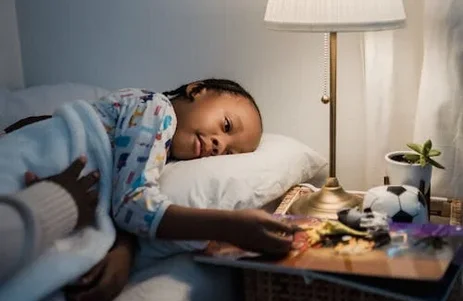
The bedside table served as both command center and catchall, accumulating layers of childhood detritus like archaeological strata. The surface typically held a lamp, alarm clock, half-empty water glass, and whatever book was currently being read before bedtime. Open the drawer, however, and you’d discover a museum of childhood ephemera—forgotten hair clips, special rocks, birthday cards, flashlight with dying batteries, and at least three pens that didn’t work.
This nightstand collection represented the items deemed too important to throw away but not quite special enough for proper display. Parents attempting to clean these areas quickly learned that what appeared to be trash was actually a carefully curated collection of memories—the ticket stub from a first movie, a note from a best friend, or a small toy that provided comfort during nighttime fears.
9. The Stuffed Animal Mountain

Long before decorative pillows became bedroom staples, kids displayed their personality through stuffed animal collections that threatened to overtake the bed itself. The hierarchy was clear—a select few earned the privilege of nightly snuggling, while others formed a supporting cast arranged against the wall during the day. Each had a name, backstory, and specific voice that parents were expected to remember during imaginative play.
Despite periodic parental suggestions to donate some of the less-favored plush friends, the collection typically grew with each birthday, holiday, and carnival visit. The stuffed animal population boom usually continued until the child reached the age where they suddenly became concerned about appearing “too childish,” at which point the beloved creatures were either relegated to closet storage or arranged more artfully as “collectibles.”
10. The Lava Lamp
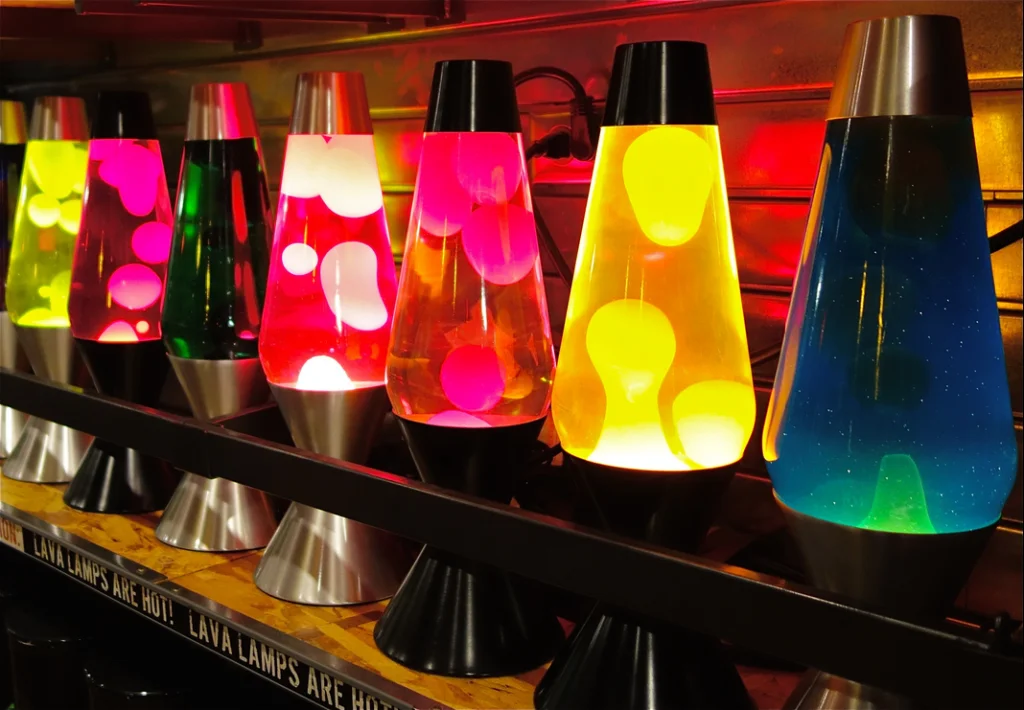
Nothing said “my parents let me decorate my own room” quite like the hypnotic presence of a lava lamp glowing in the corner. These mood-setting devices featured colorful blobs of wax that lazily floated up and down in clear liquid, providing countless hours of fascination for daydreaming kids. The warmth these lamps generated was both literal and figurative—they could actually get quite hot to the touch, which parents frequently warned about.
The true lava lamp experience included the torturous wait for it to warm up properly, sometimes taking nearly an hour before the wax began its mesmerizing dance. Impatient children learned the hard way that shaking the lamp to “help it along” only led to cloudy liquid and temporarily ruined the effect, a lesson in patience that few heeded despite repeated disappointing results.
11. The Growth Chart
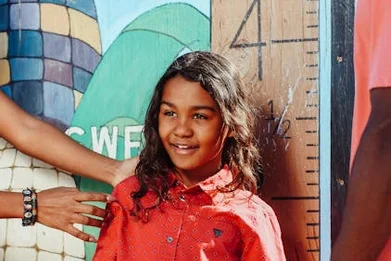
Whether it was pencil marks on a doorframe, a decorative wooden ruler mounted to the wall, or a specially designed hanging chart, most kids’ rooms featured some method of tracking physical growth. These visual records became points of pride, with children stretching to their absolute tallest during measuring sessions and celebrating each quarter-inch gain. Siblings’ measurements often appeared on the same chart, fueling friendly competition about growth rates and projected adult heights.
These charts became unexpected emotional touchpoints for parents, tangible evidence of how quickly childhood was passing. Many families developed rituals around measurement days—perhaps marking heights on birthdays or the first day of school each year. Some growth charts became so precious that when families moved, sections of doorframes were carefully removed or elaborate transfer systems were developed to preserve the historical record.
12. The Bean Bag Chair

No cool kid’s room was complete without that shapeless throne of comfort—the bean bag chair. Usually covered in vinyl that stuck to bare legs in summer and made a distinctive crinkling sound with every movement, these chairs represented the height of casual coolness. Colors tended toward the extreme: neon greens, electric blues, or that particular shade of orange that seemed to exist only in 1970s home decor.
The bean bag’s filling would inevitably shift and compress over time, creating a permanent body-shaped depression that was jealously guarded as “your spot.” Parents grew tired of finding Styrofoam beads throughout the house whenever tiny holes developed in the seams—microscopic escapees that seemed capable of traveling to every corner of the home and resisting all vacuum cleaner attempts at capture.
13. The Cardboard Box Creation
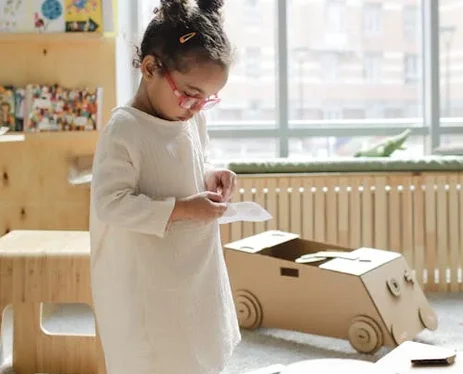
Despite access to manufactured toys, a large cardboard box always maintained premier status in the childhood imagination. Refrigerator and appliance boxes achieved legendary standing, often being transformed into spaceships, houses, stores, or caves through the application of markers, construction paper, and sheer imaginative will. These structures could dominate a bedroom corner for weeks until they eventually succumbed to structural failure from overuse.
Parents who suggested disposing of these cardboard creations, even as they became increasingly ragged, faced fierce resistance from children who had developed deep emotional attachments to their hand-crafted environments. The most beloved boxes achieved something approaching furniture status, sometimes being reinforced with duct tape and decorated with such care that they remained bedroom fixtures until they literally fell apart.
These childhood bedroom staples speak to a time when personal space was an extension of imagination rather than a curated aesthetic experience. While today’s children may have rooms featuring more technology and coordinated decor, the fundamental drive to create personal kingdoms hasn’t changed. Those of us who grew up surrounded by these familiar childhood totems often find ourselves smiling when our own children begin to transform their spaces with collections, creations, and treasures that matter deeply to them—proving that while specific items may change, the spirit of childhood remains beautifully consistent across generations.


